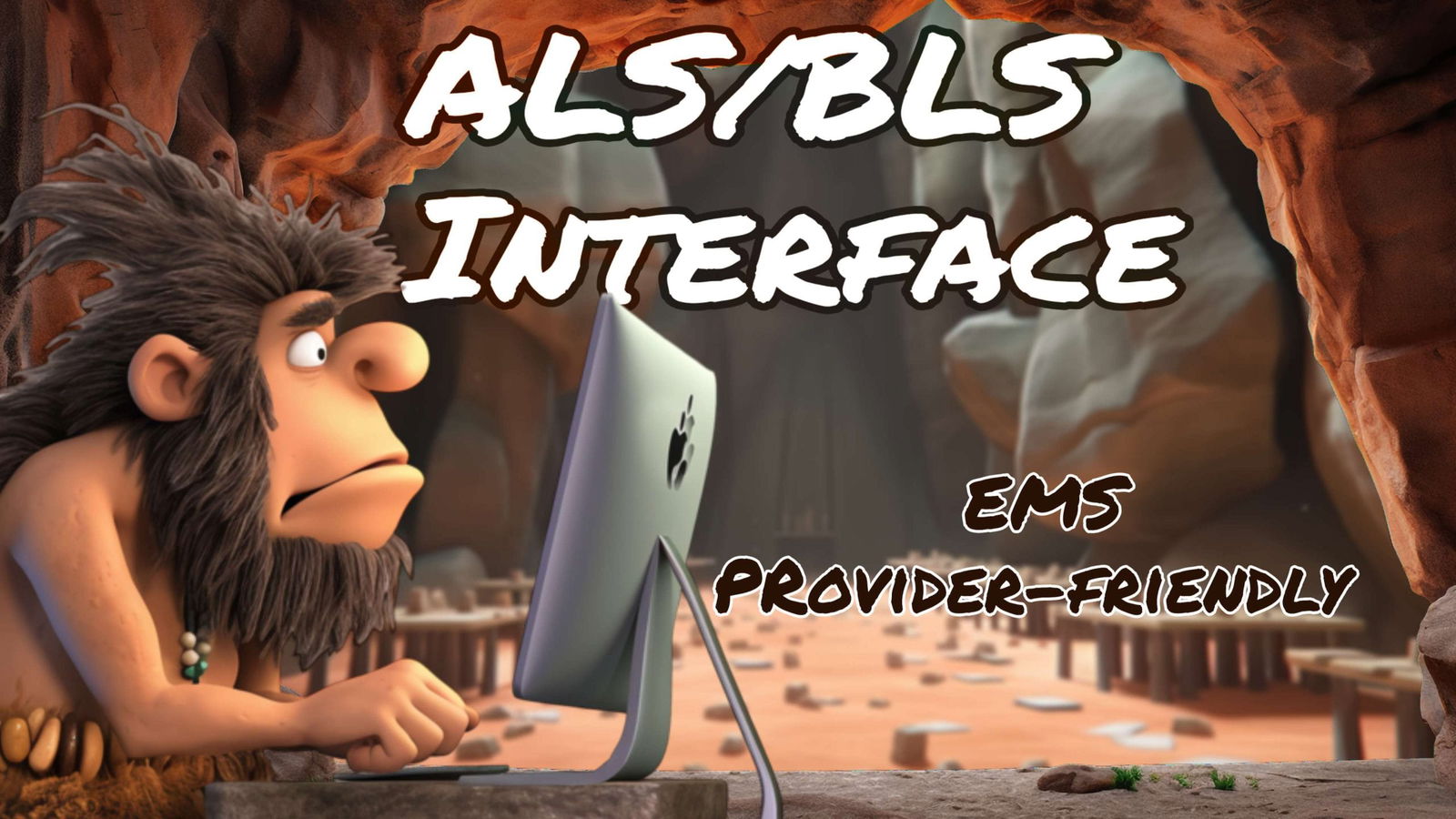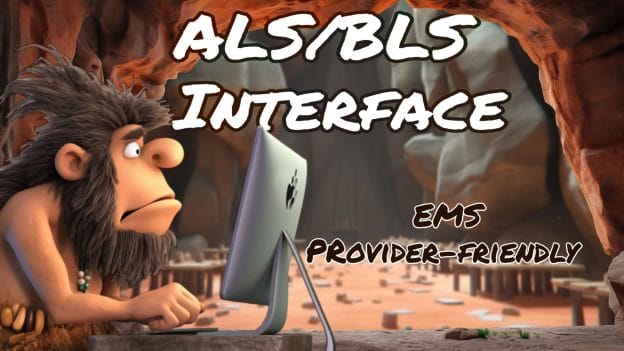PROGRAM OBJECTIVES:
-
To establish competency of all levels of certified EMTs with their specific patient care role with regards to
working as a team while continuing to provide basic life support to the patient.
-
To establish competency of all levels of certified EMTs with their specific patient care role when handling
both emergent and ALS inter-hospital transfers when the patient requires ALS skills or monitoring of ALS
interventions.
-
To establish competency of all levels of certified EMTs in the medical/legal aspects of pre-hospital ALS and
BLS care for both emergent and ALS inter-facility transfers when EMT-Basics, Advanced EMTs and Paramedics are working together to provide patient care, referencing the following:
-
-
♦ State EMS statute, M.G.L. c. 111C; and the EMS System regulations, 105 CMR 170.000, which govern EMS in Massachusetts, including levels of EMT training and certification;
-
♦ The Statewide Treatment Protocols, which set the standard for patient care at each level of certification;
-
♦ Current DPH/OEMS Statewide Treatment Protocols, Interfacility Transfer Guidelines and Protocols;
♦ State and Federal drug laws and regulations. On the state level, M.G.L. c. 94C, and 105 CMR 700.000;♦ State Hospital Licensure regulations for medical control hospitals, 105 CMR 130.1501-.1504, which sets standards for medical control, responsibilities of medical control hospitals, affiliate hospital medical directors and physicians who provide medical control, as well as related medical control requirements in the EMS System regulations, at 105 CMR 170.300; and
♦ Responsibility of EMTs to continue to provide Basic Life Support (BLS) to the patient before, during and after the administration of ALS, until responsibility for patient care is either transferred entirely to the ALS personnel or to the hospital emergency department.
-
You must log in and have started this course to submit a review.




